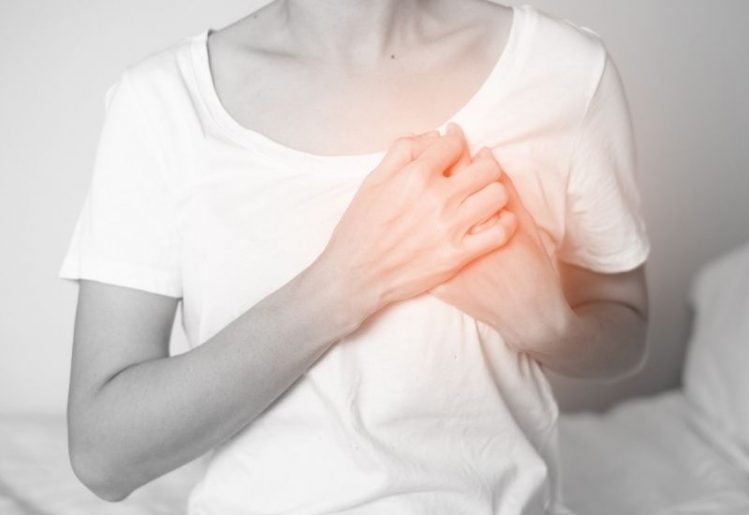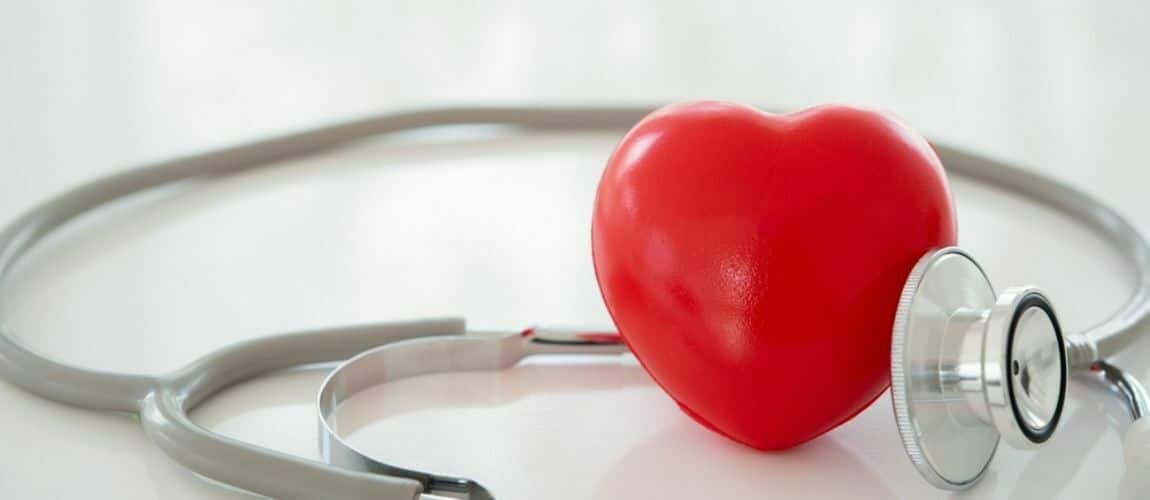While scientists have known that women may present with heart disease differently than men, a growing body of research indicates that heart disease risk in women should be examined and treated differently than the risk presented in men. Specifically, the latest findings demonstrate that treatment options for high blood pressure may need to begin at an earlier stage for women compared to men. Understanding the risks and symptoms of heart disease and what you can do to maintain optimal heart health are key to living a long and healthy life.
ABCs of Heart Disease
 Heart disease is a blanket term used to describe a variety of heart conditions. Although the most common type of heart disease is coronary artery disease (CAD), there are a number of additional afflictions that fall under this umbrella. When left undiagnosed or untreated, heart disease can lead to a deadly heart attack, heart failure or arrhythmia.
Heart disease is a blanket term used to describe a variety of heart conditions. Although the most common type of heart disease is coronary artery disease (CAD), there are a number of additional afflictions that fall under this umbrella. When left undiagnosed or untreated, heart disease can lead to a deadly heart attack, heart failure or arrhythmia.
The primary risk factors for heart disease include smoking, high blood pressure and high blood cholesterol. Other risk factors that may raise the chance that you develop heart disease include diabetes, an unhealthy diet, obesity, excessive use of alcohol and lack of physical activity. You can reduce your risk of heart disease by being intentional about lowering your risk factors.
You can also take control of your heart health by being aware of the symptoms of heart disease. Many people are not diagnosed with heart disease until they suffer an acute incident such as a heart attack or stroke. This is why heart disease is often referred to as the silent killer. Monitoring your blood pressure is one of the best ways to diagnose potential heart issues.
Other signs to look out for include angina, shortness of breath during moderate activity and pain in the back, upper abdomen, neck and jaw area.
Heart Disease Risk in Women
It is important to understand that heart disease in women often presents with different symptoms than in their male counterparts. For example, women are more likely to demonstrate atypical symptoms not usually seen in men. Some of these less obvious symptoms are vomiting, nausea and fatigue.
One of the reasons why women may experience heart disease in a different way than men is because of the presence of the hormone estrogen. The decrease in estrogen that happens when women go through menopause boosts the risk of stiffening of the arteries. This is why women are more likely to experience hypertension after the age of 60 when they have completed the menopause process. This contrasts with men, who more commonly see hypertension at much earlier ages.
In addition, women are more likely to experience lower income levels, unemployment and other lifestyle and socioeconomic factors that raise the risk of developing heart disease.
New Research Details
A new study led by scientists in Norway has shed more light on the differences between men and women when it comes to heart disease symptoms. The study demonstrated that females in their early 40s diagnosed with mild hypertension may end up being twice as likely as women with normal blood pressure readings to suffer a heart attack or unstable angina when they reach their 50s.
Although males are more likely than females to be diagnosed with hypertension in their early 40s, the lasting damage seems to happen at lower blood pressure readings for females. If the results of this study are confirmed, the data may indicate that women should begin treatment for hypertension at lower blood pressure readings because of the long-term damage that it can cause.
Maintaining Heart Health Naturally
While heart disease is certainly something to be worried about, the good news is that there are a number of things that you can do now to proactively maintain optimal heart health.
Watch What You Eat
 What you put into your mouth can have a detrimental effect on your ability to keep your blood pressure in check. Focus on eating an abundance of heart-healthy vegetables, fruit, seafood and whole grains. Get your day off to the best start by making breakfast a healthy and complete meal.
What you put into your mouth can have a detrimental effect on your ability to keep your blood pressure in check. Focus on eating an abundance of heart-healthy vegetables, fruit, seafood and whole grains. Get your day off to the best start by making breakfast a healthy and complete meal.
Move Your Body
Because a lack of physical activity has been shown to raise the risk of developing heart disease, it is important to make regular exercise a part of your daily routine. Physical activity will also help to keep your weight down, further reducing your risk of heart disease.
Relax
Slow, deep and deliberate breathing works miracles in keeping blood pressure readings down. Being mindful about your mental and emotional health will pay off big dividends for heart health.
Understanding the gender differences in both the diagnosis and treatment of heart disease can empower you to make better decisions for your health.

